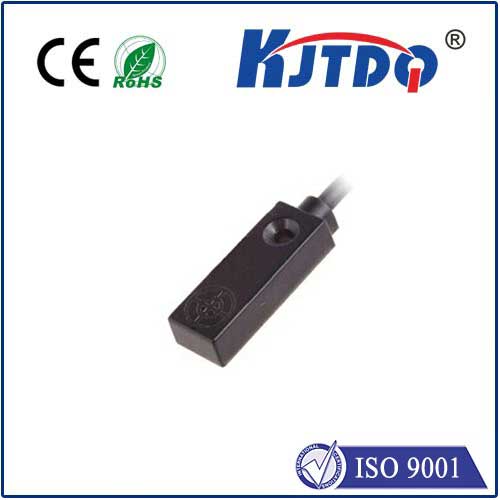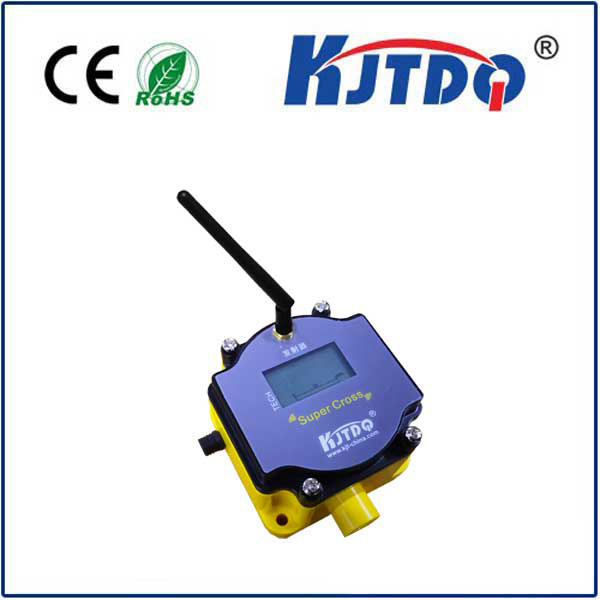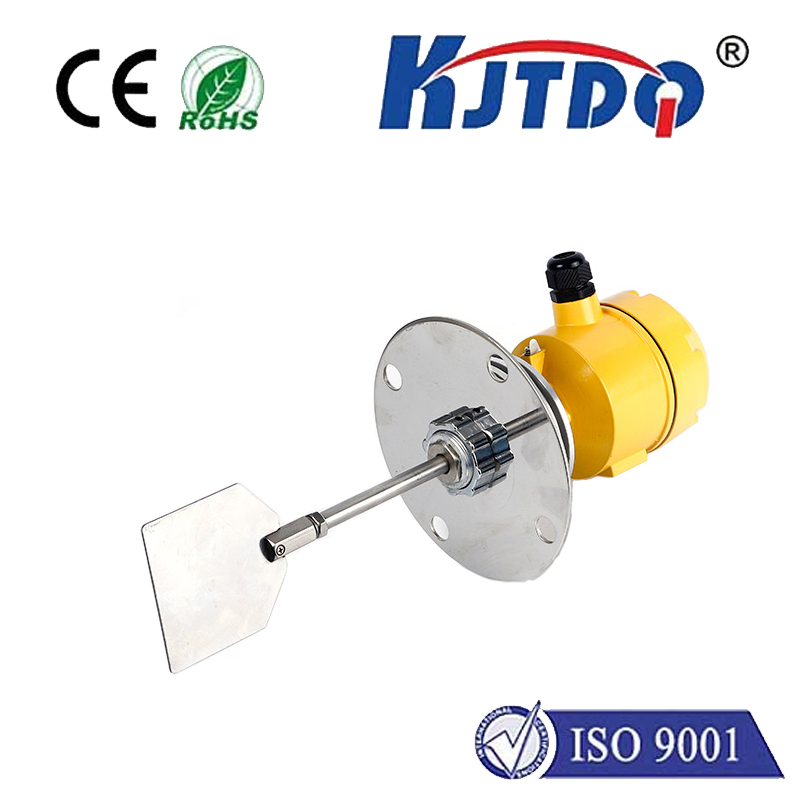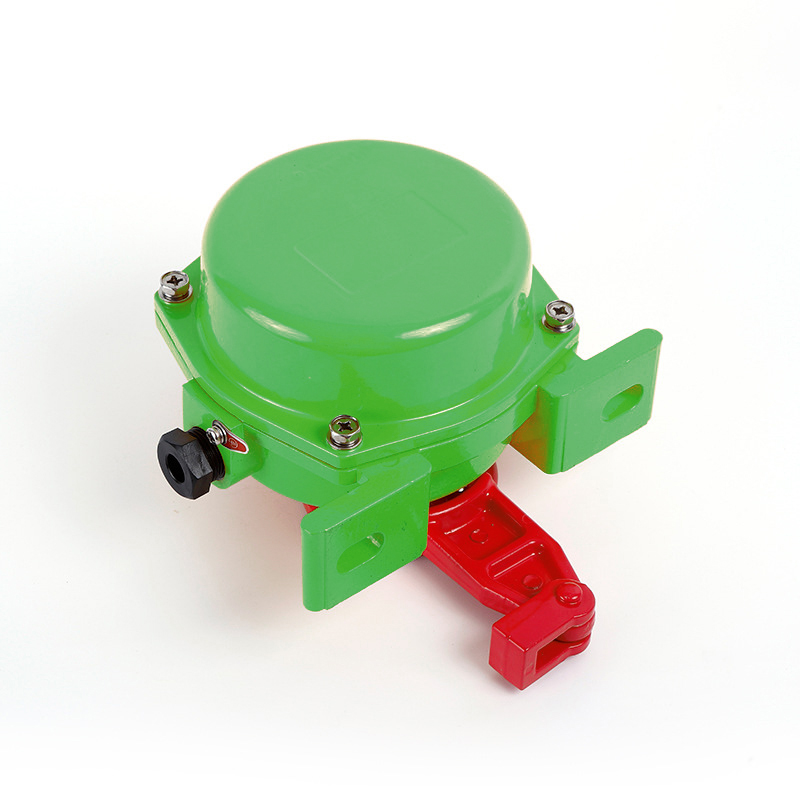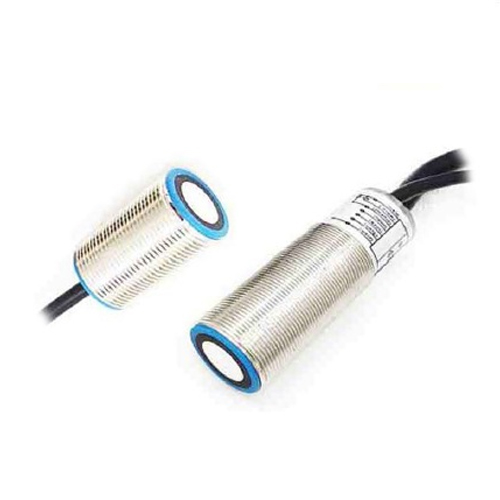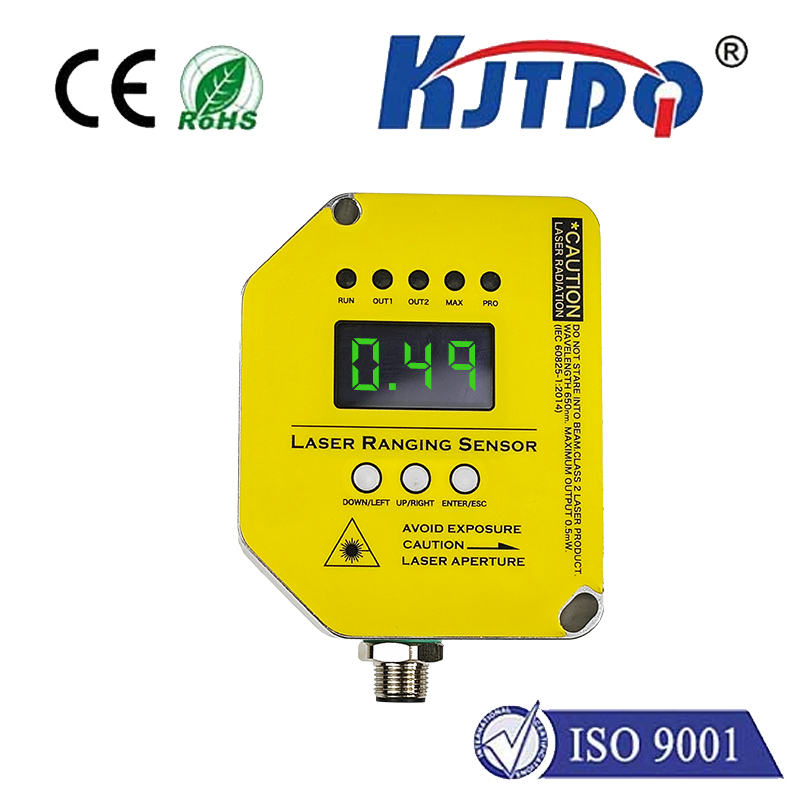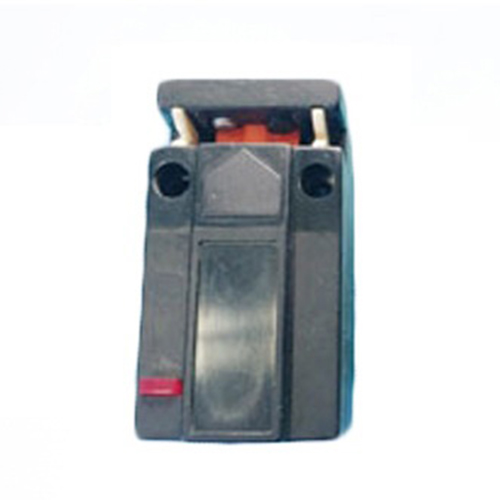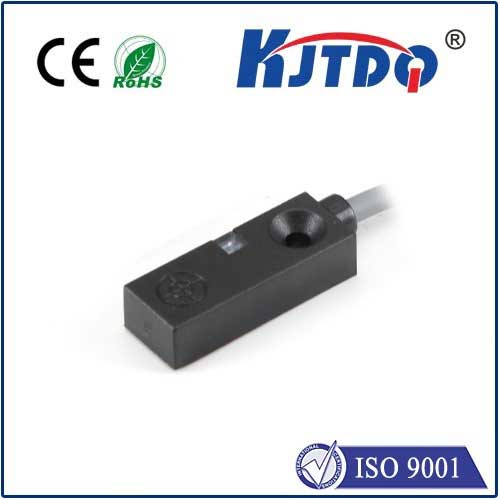ljc18a3 proximity sensor
- time:2025-06-28 02:58:58
- Click:0
LJC18A3 Proximity Sensor: Your Reliable Workhorse for Detecting Metal Objects
Imagine an automated assembly line humming along flawlessly. Components arrive precisely on time, robotic arms weld with unerring accuracy, and finished products glide smoothly to packaging. Behind this symphony of efficiency lies a network of unsung heroes: proximity sensors. Among them, the LJC18A3 proximity sensor stands out as a particularly robust and widely trusted solution for countless metal detection tasks in demanding industrial environments.
What Exactly is the LJC18A3 Proximity Sensor?
The LJC18A3 belongs to the family of inductive proximity sensors. This designation reveals its core operating principle. At its heart is an oscillator circuit generating a high-frequency electromagnetic field emanating from the sensor’s face. When a metallic object enters this active field zone, eddy currents are induced within the metal. This process absorbs energy from the oscillator, causing its amplitude to decrease. The sensor’s internal circuitry detects this change and triggers its output switch – essentially saying, “Target detected!”
Key Characteristics and Specifications

Designed for reliability, the LJC18A3 features several standard attributes common to this sensor type:
- Form Factor: Typically constructed as an 18mm cylindrical barrel, making it a standard size compatible with many mounting brackets and fixtures found on machinery.
- Sensing Principle: Inductive, meaning it detects ferrous and non-ferrous metals without physical contact.
- Output Configuration: Most commonly available in NPN normally open (NO) or NPN normally closed (NC) transistor output configurations. This determines the output state (on/off) when a target is present.
- Sensing Distance: The nominal sensing range for an LJC18A3 is generally 4mm or 5mm (always refer to the specific datasheet for exact values). Crucially, it offers stable operation at this rated distance.
- Connection: Usually features a 3-wire pre-wired cable (brown = V+, blue = 0V/Common, black = Output) or an integral M12 quick-disconnect connector for simplified installation and maintenance.
- Voltage Range: Designed to operate effectively on common DC power supplies, typically within a range such as 10-30V DC.
- Environmental Protection: Often boasts a high Ingress Protection (IP) rating, like IP67, signifying excellent resistance to dust and temporary immersion in water. This is vital for harsh factory floors.
- Robust Build: Engineered with materials like nickel-plated brass or stainless steel housings to withstand vibration, impact, and exposure to oils, coolants, and other industrial fluids.
Where the LJC18A3 Proximity Sensor Shines: Key Applications
The inherent reliability and simplicity of the LJC18A3 make it indispensable across numerous sectors:
- Automotive Manufacturing: Counting pistons on a conveyor, verifying gear presence before machining, confirming robot end-effector position, detecting pallets.
- Packaging and Material Handling: Monitoring product flow on conveyors, detecting filled vs. empty positions, confirming case or pallet presence, controlling gate actuators.
- Machine Tooling: Tool positioning verification on CNC machines and lathes, detecting chuck open/close status, guarding access doors, monitoring coolant levels (via float).
- General Factory Automation: Detecting positions of cylinders (end-of-stroke), confirming part clamping, controlling sorting gates, providing basic object counting, ensuring safety guard closure.
- Assembly Lines: Verifying component placement at stations, detecting missing parts, triggering the next stage in an automated assembly process.
- Security Systems: Position sensing on gates, doors, or barriers (metal components).
Why Choose the LJC18A3? Key Advantages
- Exceptional Durability: Built to thrive in tough industrial settings exposed to shock, vibration, moisture, and contaminants. Its IP67 rating is a major contributor here.
- Non-Contact Sensing: Eliminates wear and tear associated with mechanical switches, leading to significantly longer service life and reduced maintenance costs.
- High-Speed Operation: Capable of detecting targets moving at high speeds – essential for fast-paced production lines.
- Low Maintenance: With no moving parts to wear out, these sensors offer remarkably reliable operation over long periods.
- Simple Installation & Integration: Standard size and straightforward wiring (V+, 0V, Output) make them easy to install and replace.
- Cost-Effective: Offers a superb balance of performance, reliability, and affordability for metal detection tasks.
Important Considerations and Limitations
While highly versatile, understanding the LJC18A3’s boundaries is crucial:
- Metal Detection Only: It only detects metallic objects. Plastics, wood, cardboard, or liquids remain invisible to its electromagnetic field.
- Sensing Range: The nominal sensing distance (Sn) is fixed and relatively short (4-5mm). Target size, shape, and material type (especially the metal’s properties) can slightly influence the actual operable range. Always allow a margin of safety.
- Mounting Environment: Installing near large masses of metal (like machine frames) can sometimes reduce the effective sensing distance. Careful mounting and testing are recommended.
Getting the Most Out of Your LJC18A3
Follow these tips for optimal performance:
- Mount Securely: Ensure the sensor is firmly fixed in place to prevent vibration-induced misalignment or damage.
- Respect the Sensing Face: Keep the sensing face clean and unobstructed. Over-tightening mounting nuts can distort the housing. Avoid paint buildup.
- Check Wiring: Double-check connections (Brown/V+, Blue/0V, Black/Output) and polarity before powering up. Incorrect wiring can damage the sensor.
- Factor in Target Material: The sensor may detect different metals (steel, aluminum, brass, etc.) at slightly varying distances. Test with your actual target material.
- Provide Adequate Clearance: Allow sufficient space around the sensor, especially the sensing face, ensuring targets approach correctly.
- Consult the Datasheet: Always refer to the manufacturer’s specific datasheet for your LJC18A3 variant. It provides critical details on exact sensing range, electrical specifications, temperature ratings, wiring diagrams, and dimensional drawings.
The LJC18A3 proximity sensor exemplifies the robust, practical engineering that keeps modern industry moving. Its consistent performance in detecting metal objects reliably and without contact makes it a fundamental building block in automation systems worldwide. From verifying a simple part presence to safeguarding complex machinery sequences, this unassuming 18mm cylinder plays a vital role in driving efficiency, safety, and productivity. Understanding its capabilities and limitations ensures you can deploy it effectively as a dependable solution in countless metal detection scenarios.






